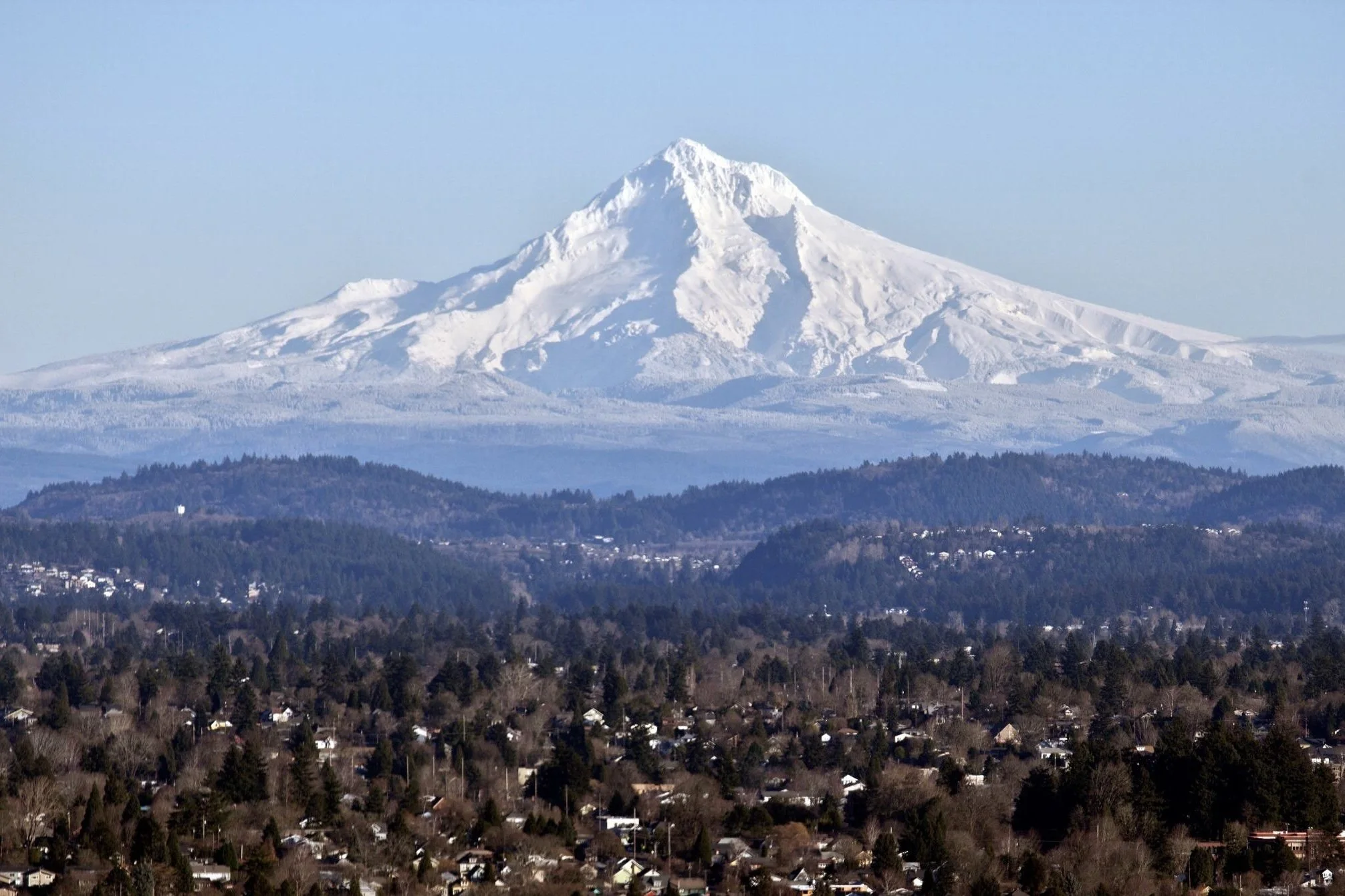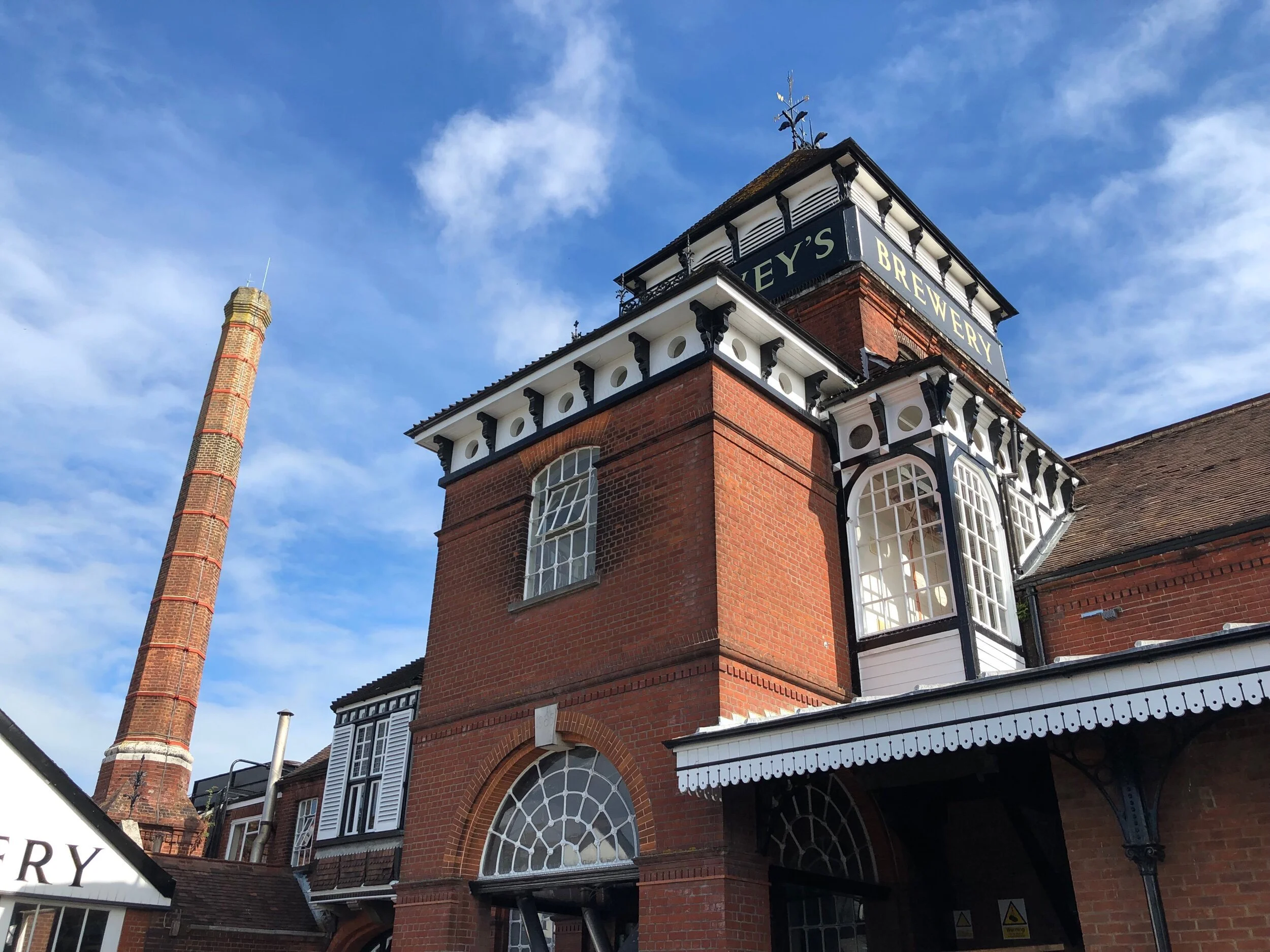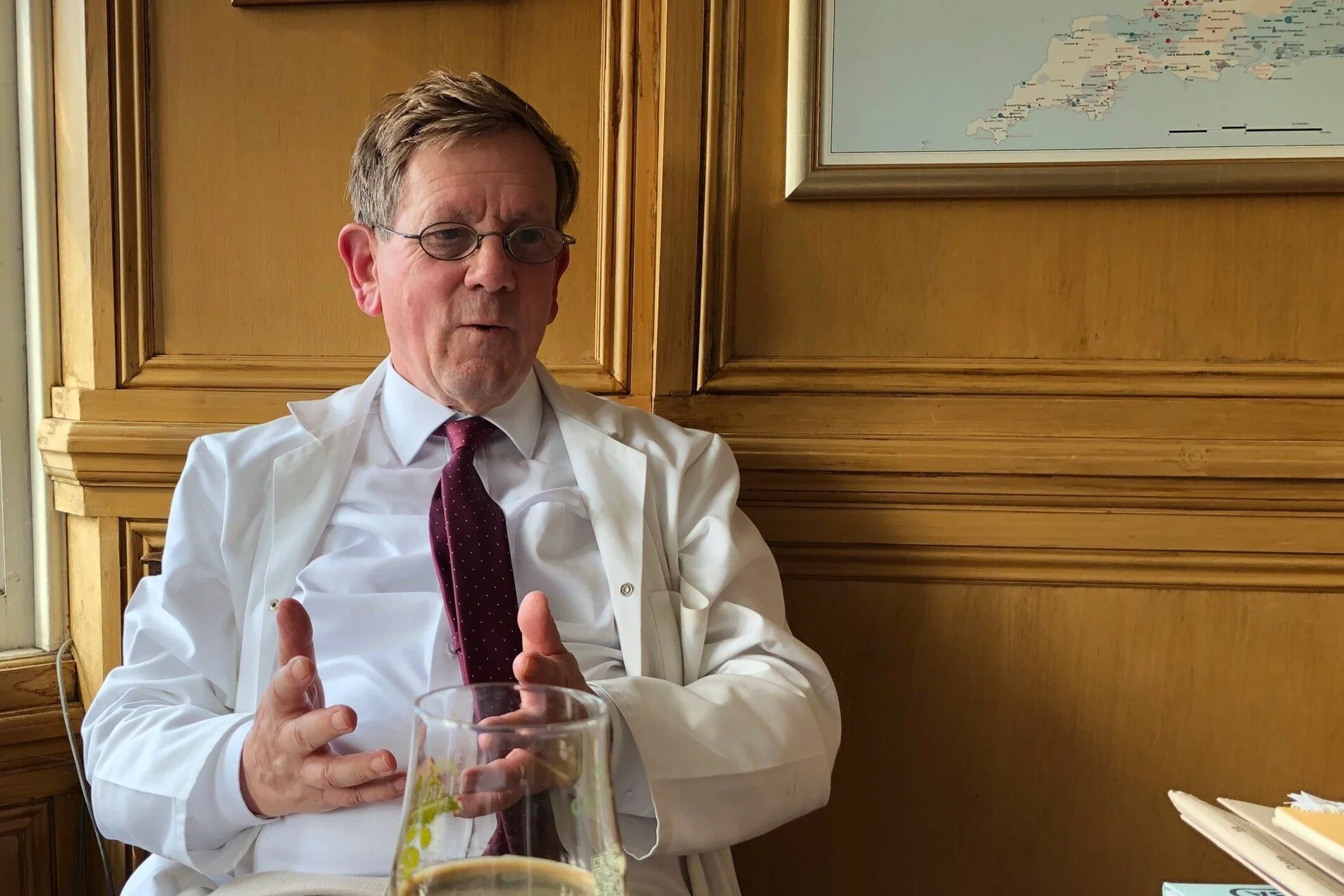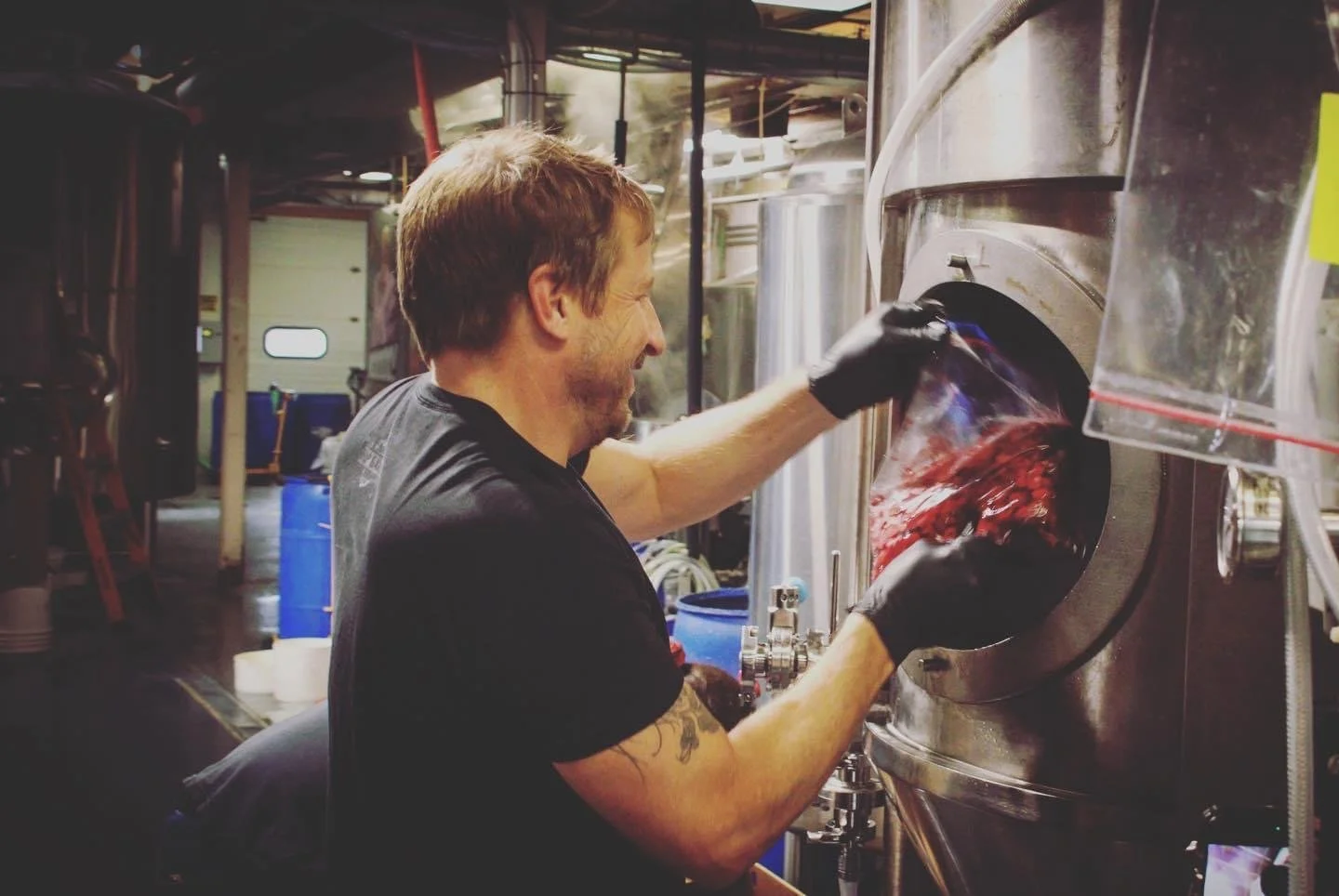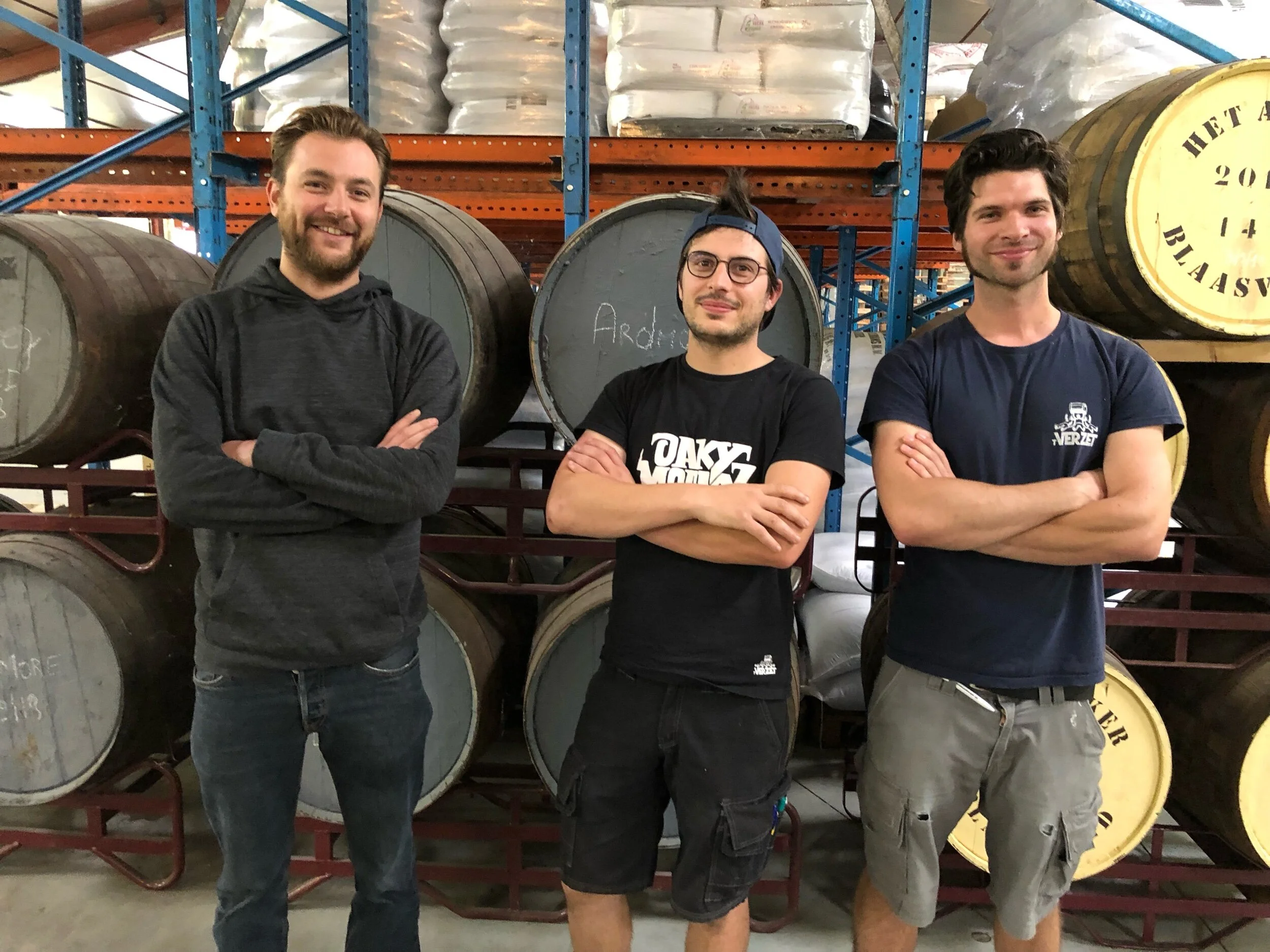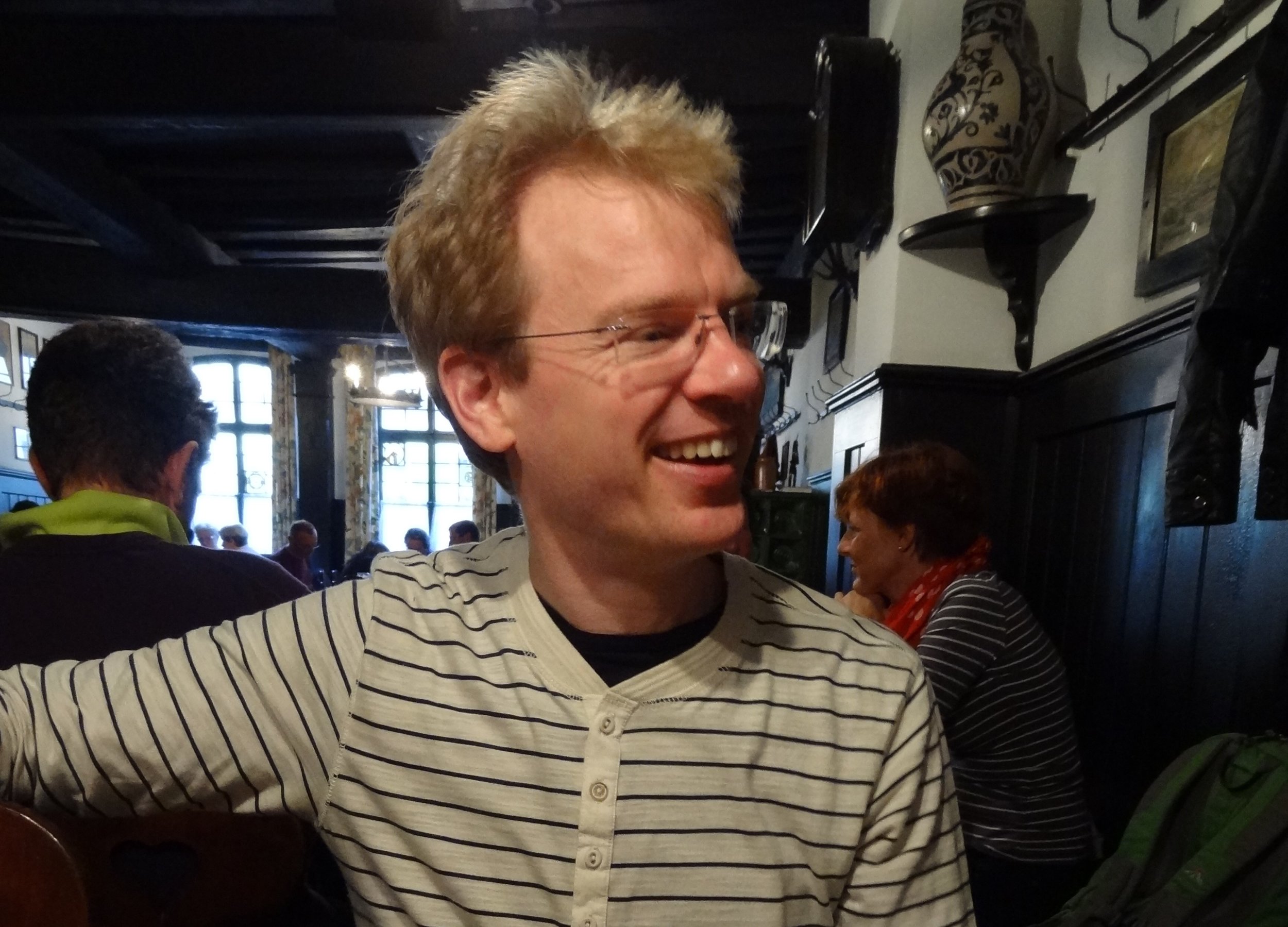“We have a secondary yeast that is right in the background called Debaryomyces hansenii, and after the brewery yeast is knackered and has completely given up, there’s a long lag phase and then that kicks in and goes through a secondary fermentation”
Read MoreWhat, precisely, is a hopback, and is it identical to a whirlpool? For this explanation we turn to Miles Jenner, the longtime Harvey’s brewer, who describes how the vessel works and why it was once a mainstay among traditional British breweries.
Read MoreThe origins for the way John Kimmich makes hoppy ales were many, and as far away as San Diego and Portland. Yet when he canned Heady Topper, “everybody thought that I just blinked my eyes one night and made this beer.” His thoughts on hops and where his offspring have taken IPAs.
Read MoreToday we hear from Alesong's Brian Coombs, who spoke to me about the brewery's experiments with wild fruit inoculations. It's a rare practice I wrote about in Craft Beer and Brewing.
Read MoreAfter an inexplicable two-year hiatus, Brewer Vignettes are back. Today we feature Guinness’ Stephen Kilcullen, who was cagey about an unexpected part of the process: fermentation and maturation.
Read MoreAt Brouwerij t’Verzet, the young men may look like craft brewers, but they’re not interested in “innovation.” Here in West Flanders they plan a kind of restoration—making oud bruin, the regional specialty, a beer as broadly available as it was in the 1970s and ‘80s.
Read MoreAmericans developed techniques to make hoppy ales unprecedented in the thousand-year period of hop use. Maine Beer Company’s Dan Kleban offers an insightful look at how Americans “hop backward.”
Read MoreValter Loverier is an understated brewer from Marentino, Italy, in the rolling wine country of Piedmont. He is one of the most interesting brewers I've encountered in my travels, and was the first to introduce me to the idea of "inoculation via fruit" (he uses wine grapes, of course).
Read MoreBen Edmunds is the founding head brewer at Breakside and now oversees one of the best teams in the state. This vignette comes from an interview I did with Ben for *The Secrets of Master Brewers,* in which his techniques were featured on the chapter on American IPAs.
Read MoreJürgen Knöller was born in Bavaria, trained there as a brewer, and began his career there before relocating to Missoula, Montana to become the master brewer at the newly-founded Bayern Brewing--a company he bought in 1991. I interviewed him in 2013.
Read MorePeter Bouckaert is one of the most celebrated brewers in the world. He got his start at Rodenbach and then came to the US and New Belgium Brewing where he started the wild program. I interviewed him about that project in 2012; he has since gone on to found Purpose Brewing.
Read MoreFrank Boon started learning the craft of lambic-making in the 1960s, and has become the leading maker of lambics in Belgium. I visited him at his brewery in Lembeek in 2011.
Read MoreI visited Head Brewer John Bexon at Greene King in Bury St. Edmunds in 2011. He has since left the brewery, but it remains one of the most entertaining brewery visits I've made. He was a very entertaining and informative host.
Read MoreJason Kahler is the co-owner and brewer at tiny Solera Brewery in even tinier Parkdale, OR, which sits in the shadow of Mt. Hood. Jason has a special love and affinity for wild ales--truly wild--and he shared his philosophy with me.
Read MoreI visited Sussex's Dark Star Brewing in 2011 and spoke with founder Paul Reed and then-brewer Mark Trantnor. This past week, Fuller's announced it had accquired Dark Star.
Read MoreI spoke to Matt Brynildson a few years back to discuss pilsners. Firestone Walker's Pivo Pils was busy sparking a wave of craft pilsners--much as 805 is currently sparking a renaissance in goldens now.
Read More"In Franconian vernacular when you limp and you dangle your arms, this dangling is called schlenken. So a schlenkerla is a diminutive or the nickname for a person who dangles, who walks like that—very much like a drunk person would walk."
Read MoreI visited Belhaven in Dunbar, Scotland in 2011, at the tail end of George Howell's career there. Like all of the old-school British brewers, he was well-dressed and courtly. He had been head brewer--what the Brits call their brewmasters--for a decade and a half at that point.
Read More“I was adamantly against it. When I went over to Belgium with a few other brewers two years ago, I was like, we gotta do this, we gotta brew these beers. [But] when I got back I thought: it’s too much work, it’s too risky, it’s too risky having all those microbes in the brewery.”
Read More"So we speak of a beer with a low alcohol content, high bitterness, no residual sugar, so a refreshing beer. It was what we call in Belgium biere de saison, saison beer, brewed in the winter and drunk in the summer."
Read More